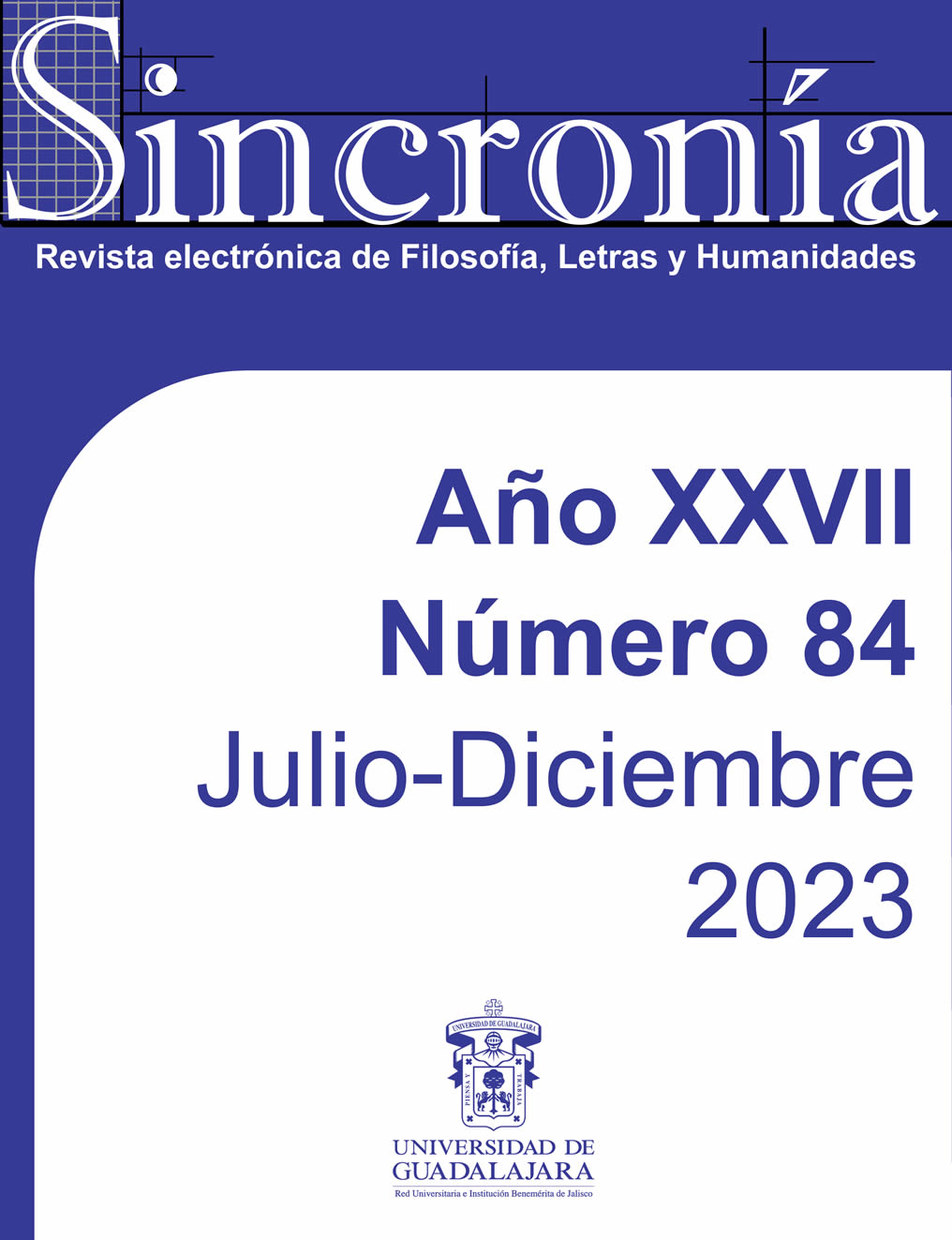The idyllic construction of the rural smuggler in the novel Astucia. From the 19th century bandit to the modern (narco)bandit.
Keywords:
Mexican literature, XIX century, Rural bandits, Idealization, NarconovelaAbstract
The Mexican novel Astucia (1865) by Luis Inclán, published at the height of the French intervention, mainly recounts the life of Lorenzo Cabello, a tobacco smuggler, leader of the Brotherhood of the Leaf. One of the central elements of the work is to highlight the codes of honor, justice and loyalty on the part of the members of this band. Under this premise, we consider that in this text the bandit is built from an idealistic and romantic vision, which contrasts with the image of the heartless bandit that is exhibited in works from the same period, such as El Zarco (1869), by Ignacio M. Altamirano. and Los bandidos de Río Frío (1893), by Manuel Payno. Based on this background, this paper will show that this idyllic perspective of the compassionate criminal prevails in Mexican literature with a drug theme, in which popular myths such as Jesús Malverde or drug lords are idealized in a similar way as in Astucia; this can be corroborated, for example, in the narratives of writers such as Élmer Mendoza, Alejandro Almazán or Bernardo Fernández. To support these approaches we will rely on the theoretical contributions of Vanderwood, Dabove, Hobsbawn, among others.
Downloads
Published
Versions
- 2025-08-20 (2)
- 2023-06-28 (1)
How to Cite
Issue
Section
License
Copyright (c) 2023 Gerardo Castillo Carrillo and Liliana Hernández Ramos

This work is licensed under a Creative Commons Attribution-NonCommercial 4.0 International License.
You are free to:
- Share — copy and redistribute the material in any medium or format
- Adapt — remix, transform, and build upon the material
- The licensor cannot revoke these freedoms as long as you follow the license terms.
Under the following terms:
- Attribution — You must give appropriate credit , provide a link to the license, and indicate if changes were made . You may do so in any reasonable manner, but not in any way that suggests the licensor endorses you or your use.
- NonCommercial — You may not use the material for commercial purposes .
- No additional restrictions — You may not apply legal terms or technological measures that legally restrict others from doing anything the license permits.



























